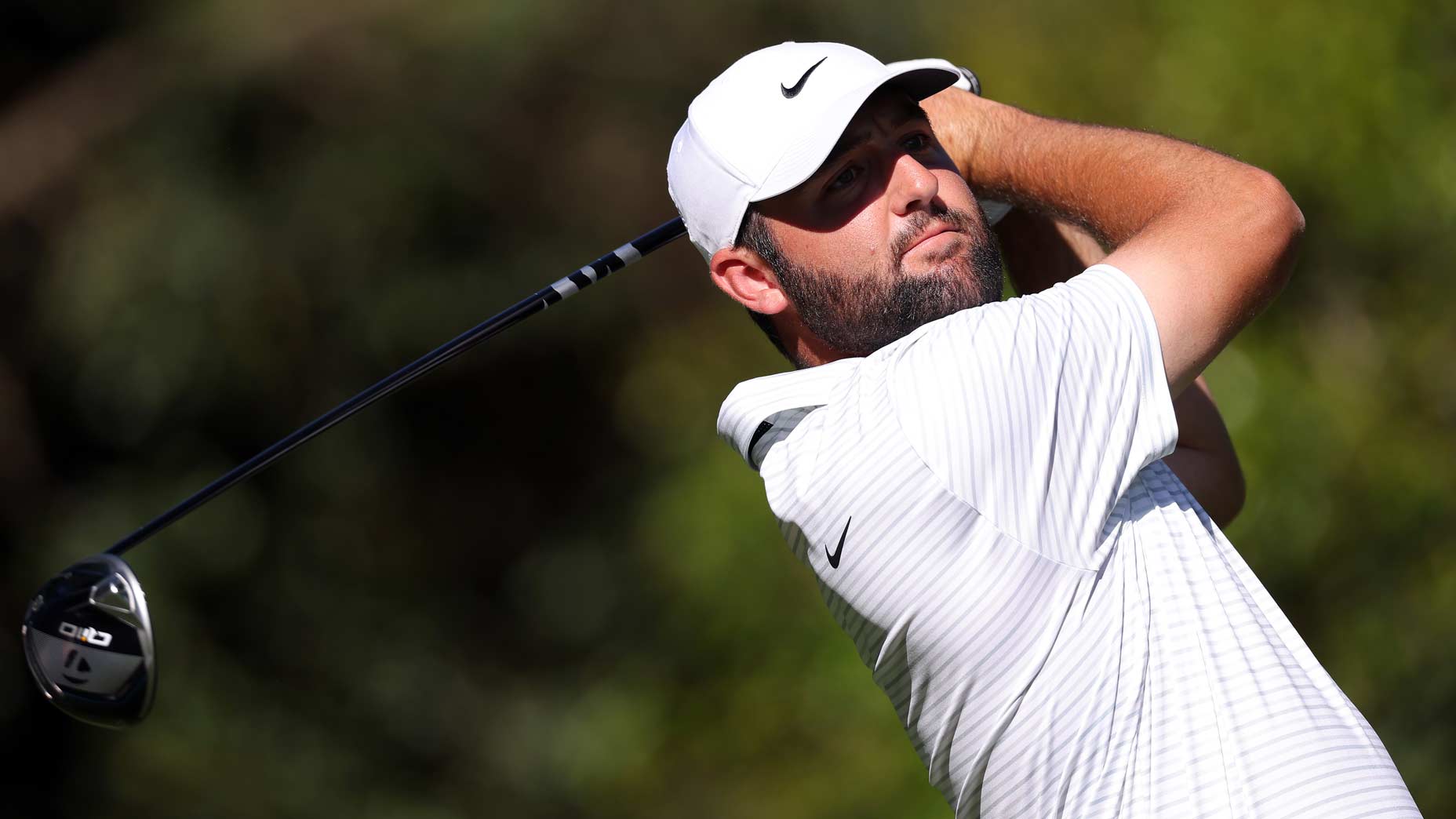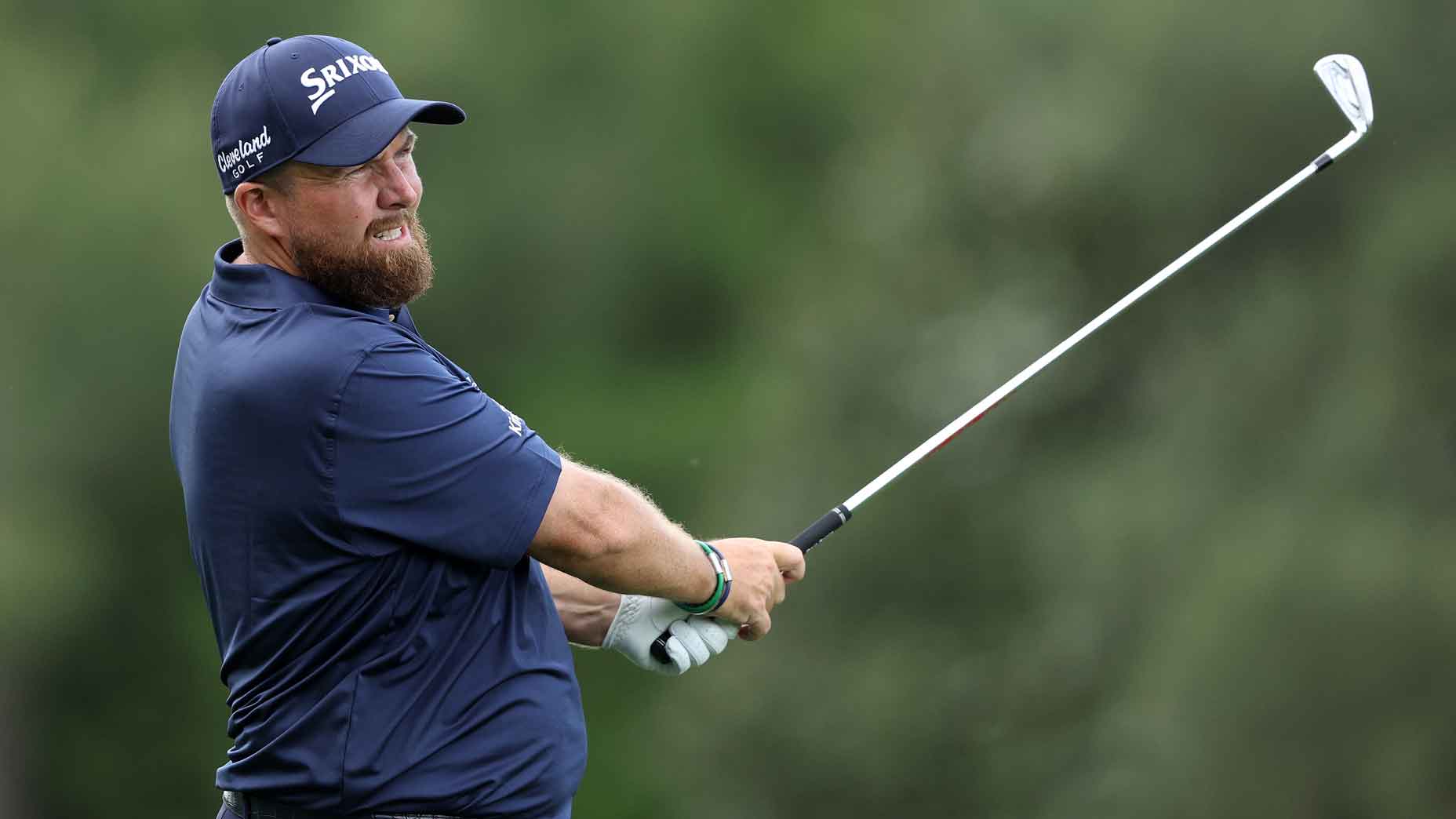What is a ‘fair’ golf course? Patrick Cantlay has an idea

Patrick Cantlay thinks Harbour Town is fairer than most when it comes to courses the Tour visits annually.
Getty Images
We’re now fully entrenched in major championship season, where the best players in the world visit the sternest tests in the world. Pros get asked about the courses and their conditions, and if you pay close enough attention you’ll probably hear them use a four-letter word if they are enjoying it: fair.
Why is that the choice word players tend to use? It’s generic. It covers many bases. As Patrick Cantlay said Tuesday, “fair means probably different things to different people.” That’s the whole point. If a course can feel fair to many, many players, it’s doing its job. But not every course gets this simple description.
“I think some golf courses are more fair than others,” Cantlay said during his pre-tournament press conference this week at Harbour Town. “One of the reasons why I like Riviera is I think it’s maybe the fairest test that we play all year.”
No surprise there. Players fawn over Riviera Country Club every February when they visit during the Genesis Invitational. It’s a course that asks you to work the ball both left and right off the tee and left and right into greens, sometimes alternating on the same hole. It has no water hazards, but if you stray offline, the difference between playing from the fairway and playing from the rough is the spin control required to hold your ball on the green. Miss a fairway, maybe miss a green. That’s fair because you’ve done it to yourself.
But how about this week’s course, Harbour Town, which is one of the shorter courses the Tour visits each year? That’s what I wanted to understand when I asked Cantlay about “fair” courses. Harbour Town routinely is lauded as a beloved course on Tour. But is it fair in the same sense as Riviera? Is it fair in a different sense? Here’s what fair looks like to Cantlay.
“To me, it means that a large number of the shots aren’t more important than the other shots,” he said. “So we’ll play a place like TPC Sawgrass where the wave that you get or a wind switch could be two shots. At Riviera, a wind switch usually just means you’re playing from the front apron and you have an easy up-and-down, if [the wind] were to be coming at you and pick up. That’s why I think Riviera is fair.
“This golf course has a lot of fair holes, but then you get like 14 on the back nine. You can see carnage there, that par-3, because there’s such a small [landing] area. If you play in perfect conditions, it’s totally fair. You know exactly what you need to do. But if you’re playing on a blustery day and then the wind is up or the wind is down or the wind switches, you could look like a fool on that tee shot and hit what you thought was a perfect tee shot.
“I don’t think it’s the most fair golf course that we play like a Riviera, but it’s definitely fairer than a lot of others.”
Fair…enough. Cantlay views fairness not in a vacuum, but rather in what could happen if uncontrollable variables arise. Riviera and its lack of hazards make fair sense to his eye. Harbour Town passes the test in most cases, too. You might expect it considering Cantlay’s career here on Hilton Head Island. In five starts at the RBC Heritage, he’s finished in the top 10 four times, three of them in the top 3.
As for that pesky 14th — the 192-yard par-3 — he birdied it five of the first 12 times he played it. And ever since? He’s oh-fer eight.











